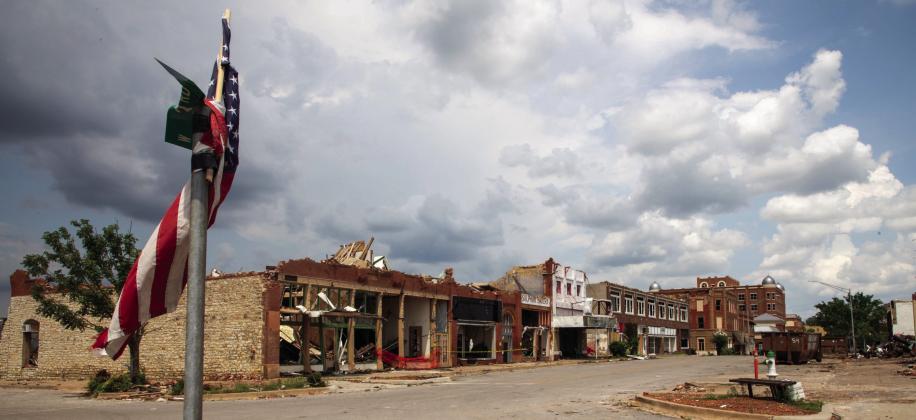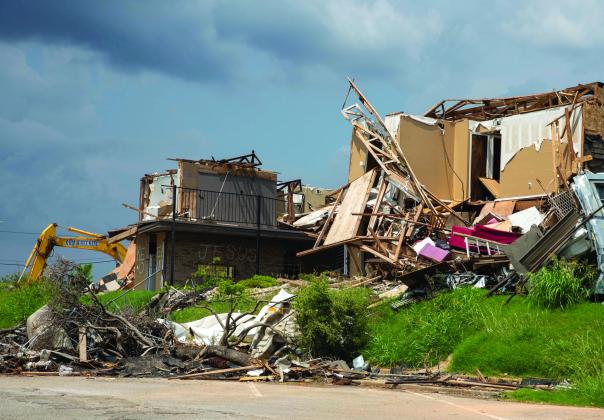Many people in Oklahoma and Texas know what a tornado is. Most have dealt with them personally, or have family members who have.
They also know the devastation that tornadoes can cause. What many people don’t know is how tornadoes are classifi ed.
Tornadoes are classifi ed through the Enhanced Fujita Scale, otherwise known as the EF Scale. The EF Scale became operational in February 2007. The scale is used to rate a tornado based on the estimated wind speeds and related damage.
After a tornado blows through an area, the tornadorelated damage is surveyed and compared to a list of Damage Indicators (DIs) and Degrees of Damage (DoD). These lists help estimate the range of wind speeds likely produced by the tornado. Once that information is retrieved, the tornado is assigned an EF Scale (from EF0 to EF5) rating.
It is important to note that the EF Scale is a set of wind estimates based on damage, it is not an exact measurement. It uses three-second gusts estimated at the point of damage based on a judgment of eight levels of damage 28 indicators. A damage level one includes small barns and farm outbuildings, while level two includes one or twofamily residences. The remaining levels include level three, single-wide mobile homes; four, double-wide mobile homes; five, apartments, condos or townhouses three stories or less; six, motel; seven, masonry apartment or motel, eight, small retail building (fast food); nine, small professional building (doctor’s office, bank); 10, strip mall; 11, large shopping mall; 12, large, isolated retail building (big box store); 13, automobile showroom; 14, automotive service building; 15, school (elementary); 16, school (jr. or high school); 17, low-rise (one to four stories) building; 18, mid-rise (five to 20 stories); 19, high-rise (over 20 stories); 20, Institutional bldg. (hospital, govt. or university); 21, metal building system; 22, service station canopy; 23, warehouse (tiltup walls or heavy timber); 24, transmission line tower; 25, free-standing tower; 26, free standing pole (light, flag, luminary);27,hardwoodtree; 28, softwood tree.
The estimates vary with height and exposure. The National Weather Service (NWS) is the only federal agency with authority to provide 'official' tornado EF Scale ratings. The goal is to assign an EF Scale category based on the highest wind speed that occurred within the damage path.
To achieve this, trained NWS personnel identify the appropriate DI from more than one of the 28 levels of damage. The description of the building should match the DI being considered, and the observed damage should match one of the eight DoD.
The reason it isn’t an exact science is because the tornado evaluator will make a judgment within the range of upper and lower bound wind speeds - as to whether the wind speed that caused the damage was higher or lower than the expected value for the particular DoD. The evaluator will do this for several structures before determining the EF rating.
There are six EF ratings based on wind speed. EF0 is winds between 65 to 85 miles per hour; EF1 is 86 to 110; EF2 is 111 to 135; EF3 is 136 to 165; EF4 is 166 to 200andEF5isover200miles per hour.


